What Are The Reasons Baselayers Of Merino And Yak Wool Effective In Winter Sport Clothing Because Of Their Natural Fiber Benefits As Well As Environmental Sustainability? Sustainable and renewable Yak Merino's wool base layer is extremely efficient for winter sportswear, not only because it performs very well but also due to its fiber-based benefits.
Merino and Yak are both natural fibers derived from animals. They are renewable resources which can be harvested sustainably without harming the animals. These fibers are naturally biodegradable and do not cause harm to the environment.
Low Environmental Impact
Natural fibers are typically less harmful to the earth as compared to synthetic materials. The harvesting and cultivation of wool requires less chemical processing and are less reliant on non-renewable resources compared to synthetic fibers.
Energy EfficiencyEnergy Efficiency
The processing of wool fibers takes less energy compared to the manufacturing of synthetic fibers such as polyester or nylon. The energy consumption during the process of manufacturing natural wool is generally lower, resulting in less carbon emissions.
Reduced Microplastics Pollution
Natural wool fibers are not accountable for microplastic contamination of waterbodies, unlike synthetic fibers that shed microplastics upon washing.
Longevity, Recyclability and Durability
Yak Merino Wool garments tend to last for a long time and are durable. lasting, which increases their life expectancy. Wool fibers can also be recycled and reused. This reduces waste as well as the environmental impact.
Sustainability Practices
Some producers and wool producers employ sustainable and ethical practices. They take care to ensure the well-being of their animals, good management of their land and fair working conditions for their employees.
Environmental Certification-
The Responsible Wool Standard, also known as the Global Organic Textile Standard, (GOTS) These are both certifications of environmentally and ethically conscious practices in wool production. These standards provide consumers with the assurance of sustainable practices.
Base layers made from yak merino are typically environmentally friendly because they come from renewable and natural sources. They also have a minimal environmental impact in production and use sustainable and ethical supply chains. Natural fibers, like yak wool merino, are a fantastic choice for winter sport apparel which promotes responsible consumption as well as sustainable practices. Check out the best
sell on merino wool base layers for blog recommendations including smartwool thermal underwear, wool thermals, smartwool merino base layer, wool thermals mens, base layer moisture wicking, smartwool thermals, minus 33 base layer, baselayer bottom, wool thermals mens, best base layer for skiing women's and more.
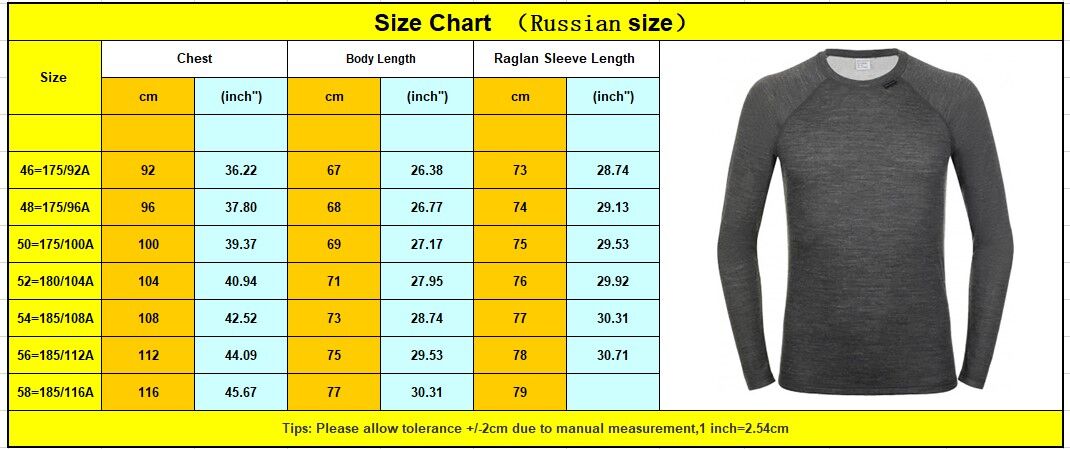 What Are The Benefits To Bamboo Clothing With Regard To Thermal Regulation? Uv Protection. Biodegradability. Environmental Impact.
What Are The Benefits To Bamboo Clothing With Regard To Thermal Regulation? Uv Protection. Biodegradability. Environmental Impact. Thermal Regulation: Bamboo clothing is a fantastic choice to regulate temperature. It also provides UV protection and biodegradability.
Insulation- Bamboo fabric can provide warmth in cold weather, while still remaining air-conditioned. It regulates body temperature, keeping heat in colder weather, and allowing air circulation so that you don't overheat.
UV Protection
UV Resistant- The bamboo fabric offers natural protection against harmful UV radiation. It blocks an extensive portion of UV sunlight's rays. This adds an additional layer of protection while wearing it outdoors.
Biodegradability-
The bamboo clothes are biodegradable. This means it degrades without harmful residues and does not contribute pollution to the environment. This helps reduce pollution and also reduces the environmental impact of discarded clothing.
Environmental Impact-
Bamboo is a highly durable raw material. It is fast growing, abundantly and without chemical fertilizers. It's a renewable resource due to of its fast growth.
Low water usage Bamboo requires relatively less water than other crops like cotton, making it more efficient with water. This is a major factor in conservation efforts and decreases stress on water resources.
Soil Conservation-
Soil health - Bamboo cultivation does not usually reduce soil nutrients or require a lot of irrigation. This leads to healthier soil conditions.
Carbon Sequestration
Bamboo's carbon absorption capacity is high. Bamboo plants can absorb more carbon dioxide than other plants and release more oxygen in the air. This property helps to lower carbon emissions and combat climate change.
The benefits of bamboo clothing are its thermal control, UV protection and biodegradability. It is also a good option for those looking for sustainable clothing. These characteristics are compatible with environmental conscious practices and provide advantages to the environment and the wearer. See the recommended
bamboo clothings for site recommendations including bamboo material clothing, cotton bamboo pajamas, shakuhachi clothes, bamboo mens shirts, bamboo pants mens, clothes made from bamboo fiber, bamboo jeans, onno bamboo shirts, bamboo exercise clothing, bamboo athletic wear and more.
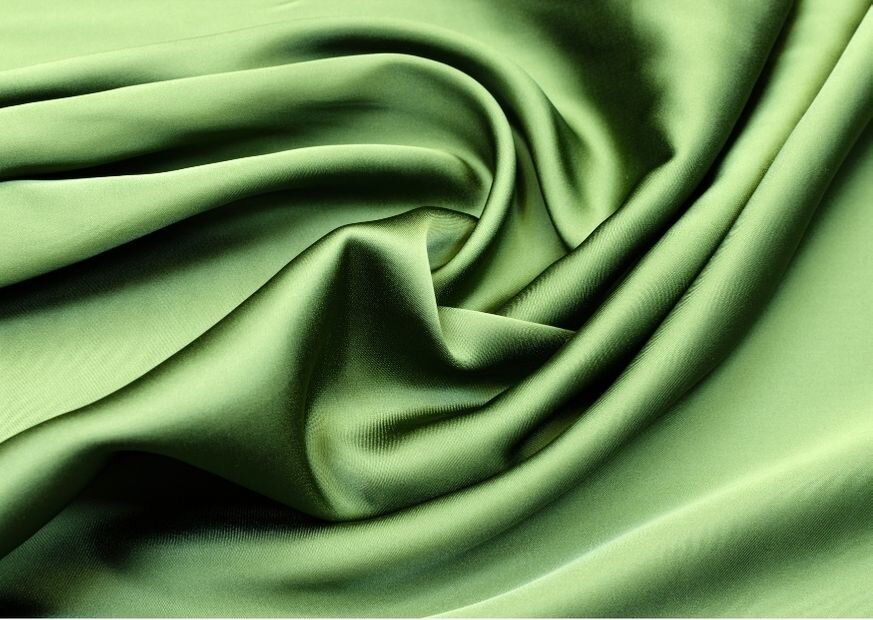 What Are The Main Differences Between Bamboo, Merino And Wool Clothing In Terms Of Texture, Warmth And Absorption?
What Are The Main Differences Between Bamboo, Merino And Wool Clothing In Terms Of Texture, Warmth And Absorption? When comparing traditional wool bamboo, merino and traditional wool with regard to water-absorption and warmth, their texture is vital.
Merino Wool Merino Wool's softness and fine fibers make it more supple and more smooth than wool that is traditional. It's also thought to be more comfortable to wear.
Bamboo Clothing- Bamboo material is smooth and silky, often compared luxurious materials like cashmere or silk. It is soft and gentle feel, offering the wearer with a pleasant experience.
Traditional Wool: Traditional wool can differ in texture; certain types of wool may feel rougher and more susceptible to discomfort or itching when compared with bamboo or merino clothing.
Warmth-
Merino Wool - Merino is an excellent wool to warm yourself due to its insulation properties. It retains heat when wet, and can be an effective insulation for colder weather.
Bamboo Clothing can be warm, but it might not provide the same insulation as Merino wool. It regulates the body temperature and provides comfortable conditions for all kinds of weather.
Traditional Wool: Much like merino it provides warmth, insulation, and comfort. However, it can be heavier, or more bulky than bamboo or merino clothes.
Moisture Absorption-
Merino Wool Merino Wool, with its remarkable ability to wick moisture removes moisture from the skin, allowing it to evaporate. It's warm when wet.
Bamboo clothing - Bamboo fabrics may help wick away moisture making it comfortable for physical activity. It is able to regulate humidity and helps keep the wearer dry.
Traditional Wool: Although wool is able to absorb moisture, it doesn't have the same moisture-wicking property as merino and bamboo fabrics. When wet, some types of wool may appear heavy and damp.
Merino is considered to be an extremely warm and soft material that has excellent moisture wicking properties. Bamboo clothing has smooth, silky texture that provides adequate warmth and moisture regulation. Traditional wool could have a different texture, and provide warmth and moisture absorption, but feel heavier or coarser in comparison to bamboo or merino clothing. Each material is unique and is suited to different requirements. Read the top rated
bamboo winter clothing for site tips including merino wool undershirt, wool layers, patagonia bamboo winter clothing, best bamboo winter clothing women's, merino wool long underwear, ski thermals, cheap merino wool base layer, merino wool long underwear, spyder baselayer, smartwool merino 250 and more.



























































































































%20TPCC2.jpg)
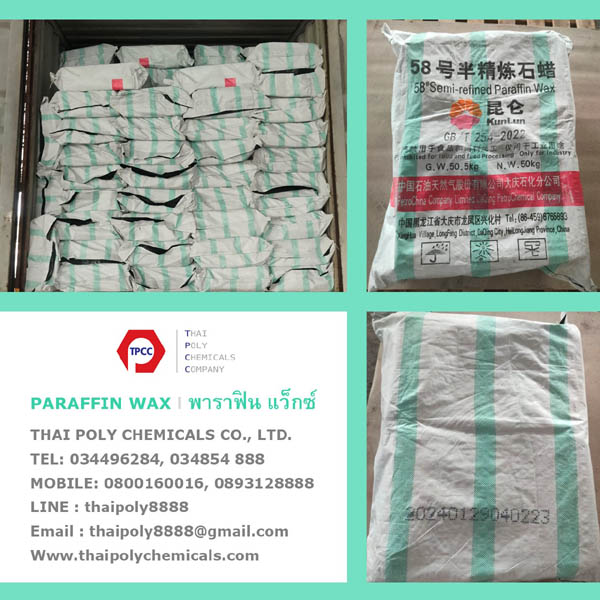


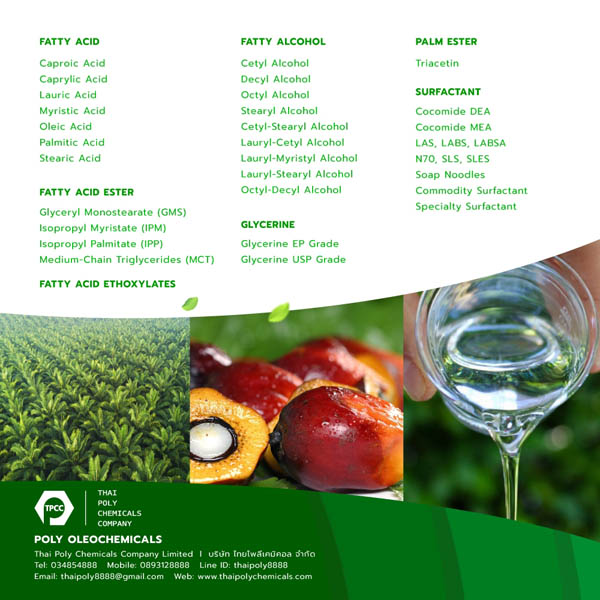



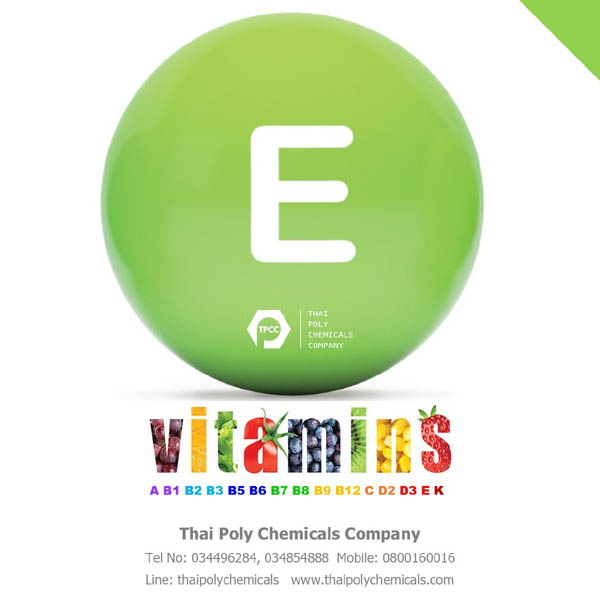









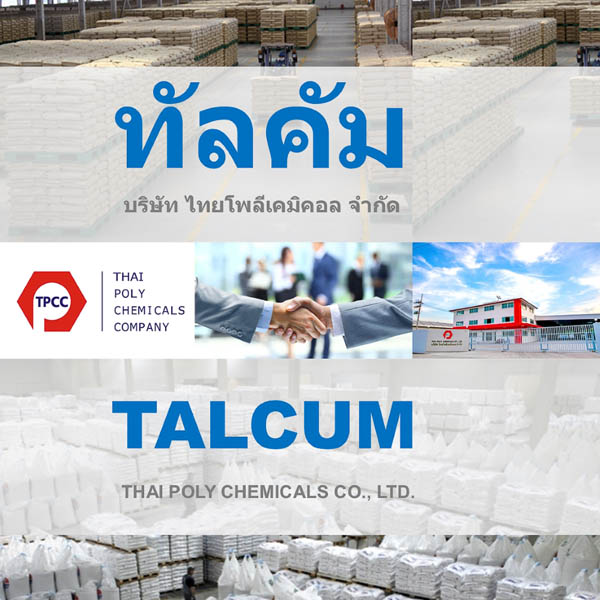
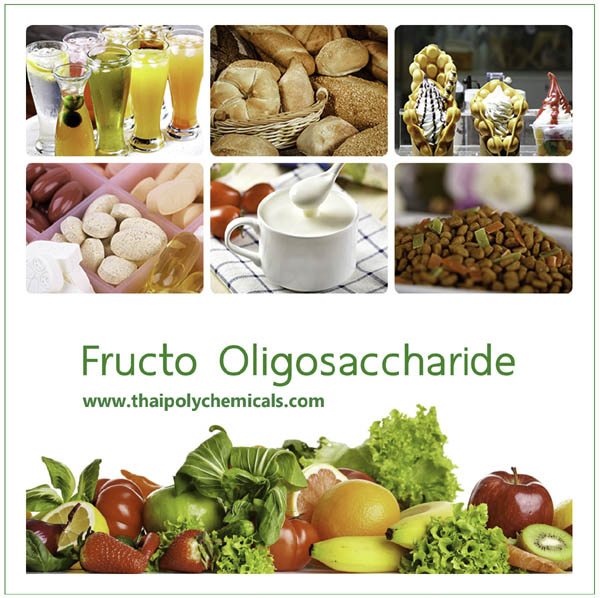










































































































































%20TPCC2.jpg)


































